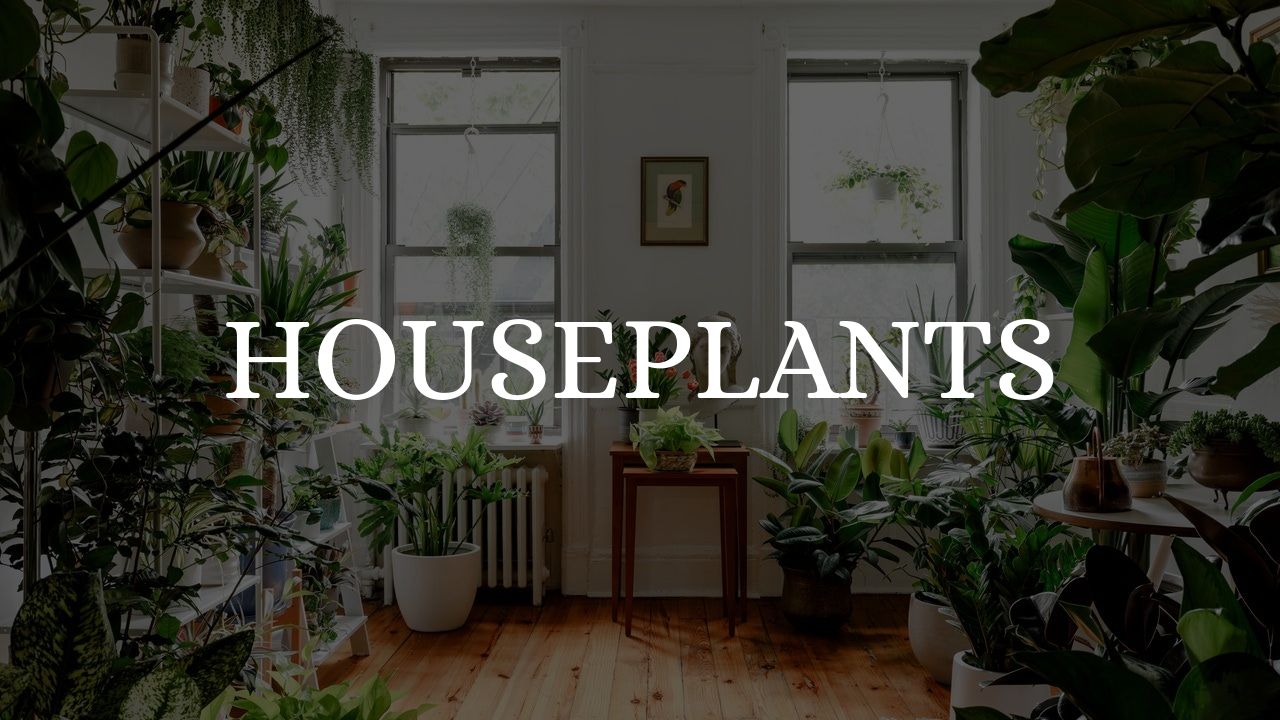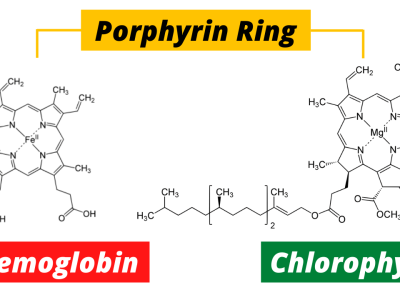Houseplant - Things about Indoor Plants

Houseplants have a unique way of bringing life into a room and creating a peaceful atmosphere. Not to mention that indoor plants can boost your health. They can improve the air quality in your home and improve your overall lifestyle, whether you set them on a windowsill or in a shady area of your living room. But if you're a newbie with no green thumb, there's good news: the greatest indoor plants for your house are actually incredibly simple to care for.
What are houseplants(indoor plants)?
A houseplant, also known as a pot plant, potted plant, or indoor plant, is an ornamental plant that grows indoors. As such, they can be found in places such as homes and offices, primarily for decorative purposes. Common houseplants are typically tropical or semi-tropical in nature, and they are frequently epiphytes, succulents, or cacti.
Culture and History about Houseplants
Houseplant history is linked with the history of container gardening in general. Ornamental and fruiting plants were grown in ornate pots by the ancient Egyptians and Sumerians. Laurel trees were grown in clay jars by the Greeks and Romans. Over 2,500 years ago, potted plants were displayed at garden displays in ancient China.
Houseplants in contemporary culture and lifestyle
Beginning in the mid to late 2010s, social media, particularly Instagram, rejuvenated and popularised fashionable plants from previous decades, with "plantstagram" becoming a key driver of trendy plants. 5 million Americans took up plant-related activities in 2015. 30% of American households purchased at least one houseplant in 2017.
During the Covid-19 outbreak in 2020, there was a surge in interest in indoor plants. Many people wanted to fill their houses with houseplants as they were compelled to spend more time indoors. In July 2021, plants were referenced on Instagram more than 3,000 times per day, and the hashtag #plantmom was used more than 2.6 million times. Plant sales in 2020 were at an all-time high, raising concerns about the industry's environmental effect.
Types of House plants
There are four kinds of houseplants, namely
- Tropical and subtropical houseplant
- Temperate houseplant
- Succulent
- Forced Bulb
List of 40+ House Plants; tropical, succulents, subtropical and temperate Houseplants
Tropical and subtropical Houseplants
Some of the most beautiful tropical plants you can grow indoors are bromeliads, flamingo flowers, orchids, tropical ferns, palm trees, monstera, and philodendrons. By definition, A tropical plant is one that grows in a tropical climate. A tropical environment is hot and humid, with temperatures consistently reaching 18 degrees Celsius and no frost days.
List of 30+ Evergreen and Tropical Houseplants you can grow in your house or indoor
-
Chinese evergreen - Aglaonema
-
Elephant Ear - Alocasia and Colocasia
-
Anthurium
-
Zebra plant - Aphelandra squarrosa
-
Norfolk Island pine - Araucaria heterophylla
-
Cast iron plant - Aspidistra elatior
-
Begonia species
-
Bromeliads - including air plants, pineapple
-
Prayer plants - Calathea and Maranta
-
Spider plant - Chlorophytum comosum
-
Citrus - Meyer lemon
-
Cyclamen
-
Dracaena
-
Dumbcane - Dieffenbachia
-
Golden pothos - Epipremnum aureum
-
Ferns and plants treated like ferns
-
Asparagus fern Asparagus aethiopicus
-
Boston fern Nephrolepis exaltata
-
Ficus
-
Rubber plant - Ficus elastica
-
Weeping fig - Ficus benjamina
-
Fiddle-leaf fig - Ficus lyrata
-
Hoya
-
Orchid - Orchidaceae
-
Peperomia
-
Palms
-
Parlor Palm - Chamaedorea elegans
-
Areca Palm - Dypsis lutescens
-
Philodendron
-
Swiss cheese plants - Monstera species
-
Umbrella plant - Schefflera arboricola
-
Gloxinia - Sinningia speciosa
-
Peace Lily - Spathiphyllum
-
Madagascar jasmine - Stephanotis floribunda
-
African violets - Streptocarpus
-
Purple Wandering Jew - Tradescantia zebrina
-
Pilea peperomioides
-
Satin Pothos - Scindapsus pictus
Succulents
Many varieties of cacti and succulents are tiny enough to thrive as houseplants. By Definition, Succulent plants, often known as succulents, are plants having thickened, fleshy, and engorged portions that are used to retain water in arid climates or soil conditions. The word succulent is derived from the Latin word sucus, which means juice or sap.
List of 15 Succulent and cacti houseplants you can grow in you house and indoor
-
Aloe vera
-
Cactus - Cactaceae
-
Mother-in-law's tongue Sansevieria trifasciata
-
Snake plant - Dracaena
-
Orchid cacti - Epiphyllum
-
Mammillaria
-
Paddle Cactus Opuntia
-
Christmas Cacti - Zygocactus
-
Chin Cactus - Gymnocalycium mihanovichii
-
Jade Plant - Crassula ovata
-
Echeveria
-
Haworthia
-
Creeping Groundsel - Senecio angulatus
-
String of Pearls - Senecio rowleyanus
-
Yucca
Forced bulbs
Forcing bulbs to bloom out of season indoors by supplying them with ideal growing circumstances is referred to as forcing. Plant bulbs like paper white narcissus and amaryllis indoors now to wow your guests and family with magnificent, often fragrant indoor blooms in the coming months.
List of 7 Forced Bulbs house plants you can grow indoor or in your house and home.
-
Crocus
-
Amaryllis - Hippeastrum
-
Hyacinth - Hyacinthus
-
Narcissus or Daffodil - Narcissus
-
Temperate plants
-
English ivy - Hedera helix
-
Strawberry Begonia - Saxifraga stolonifera
Houseplants potentially dangerous
List of 17 common houseplants that can act dangerous to kids, pets and animals:
- amaryllis
- aloe vera
- azalea
- chrysanthemums
- cyclamen
- dieffenbachia
- English ivy
- jade
- jonquils
- lilies of many varieties
- mistletoe
- monstera deliciosa
- philodendron
- poinsettias
- pothos
- sago palm
- umbrella plant
Benefits of Houseplants in your life and environment you live in
symbiotic/mutual relationship: One of the most attractive aspects of caring for indoor plants is the amazing exchange that occurs: plants rely on us for care, and we take care of them by enhancing the air we breathe and making our place more healthy abnd beautiful.
Improve air quality: Plants may improve the quality of indoor air. Scientific support for phytoremediation — that’s the word for plants scrubbing contaminants from the air — usually begins with a conducted in the 1980s. Researchers then were looking for ways to improve the air quality in a sealed spacecraft, and they concluded that the roots and soil of houseplants reduced airborne volatile organic compounds (VOCs) significantly.
Improve air quality: Plants have the potential to improve the quality of indoor air. Typically, scientific support for phytoremediation — plants that cleanse toxins from the air — begins with a NASA research undertaken in the 1980s. Researchers were exploring for ways to improve the air quality in a sealed spacecraft when they discovered that the roots and soil of houseplants greatly reduced airborne volatile organic compounds (VOCs).
Reduce your stress: Indoor plants might help you relax. Plants at your house or office might help you feel more relaxed, soothed, and natural, according to a study published in the Journal of Physiological Anthropology.
Enhance your well-being: Working with plants can be therapeutic. Indoor gardening can be beneficial for persons suffering from mental disease symptoms. Horticultural therapy has been utilised by Researchers to improve feelings of well-being in persons suffering from depression, anxiety, dementia, and other disorders.
Real plants can help with cognitive wellness by sharpening your attention. Plastic plants, unfortunately, will not help you pass your examinations. In a tiny 29-person study, researchers placed students in a classroom with either a fake plant, a genuine plant, an image of a plant, or no plant at all.
Plants have the potential to increase your productivity. A bromeliad could be the best cubicle companion you've ever had. Several studies have demonstrated that having plants in the workplace boosts both productivity and creativity. Students at a college computer lab worked 12 percent quicker and were less anxious when plants were placed nearby, according to a widely referenced Research from 1996.
End of Houseplants and things about it XX









